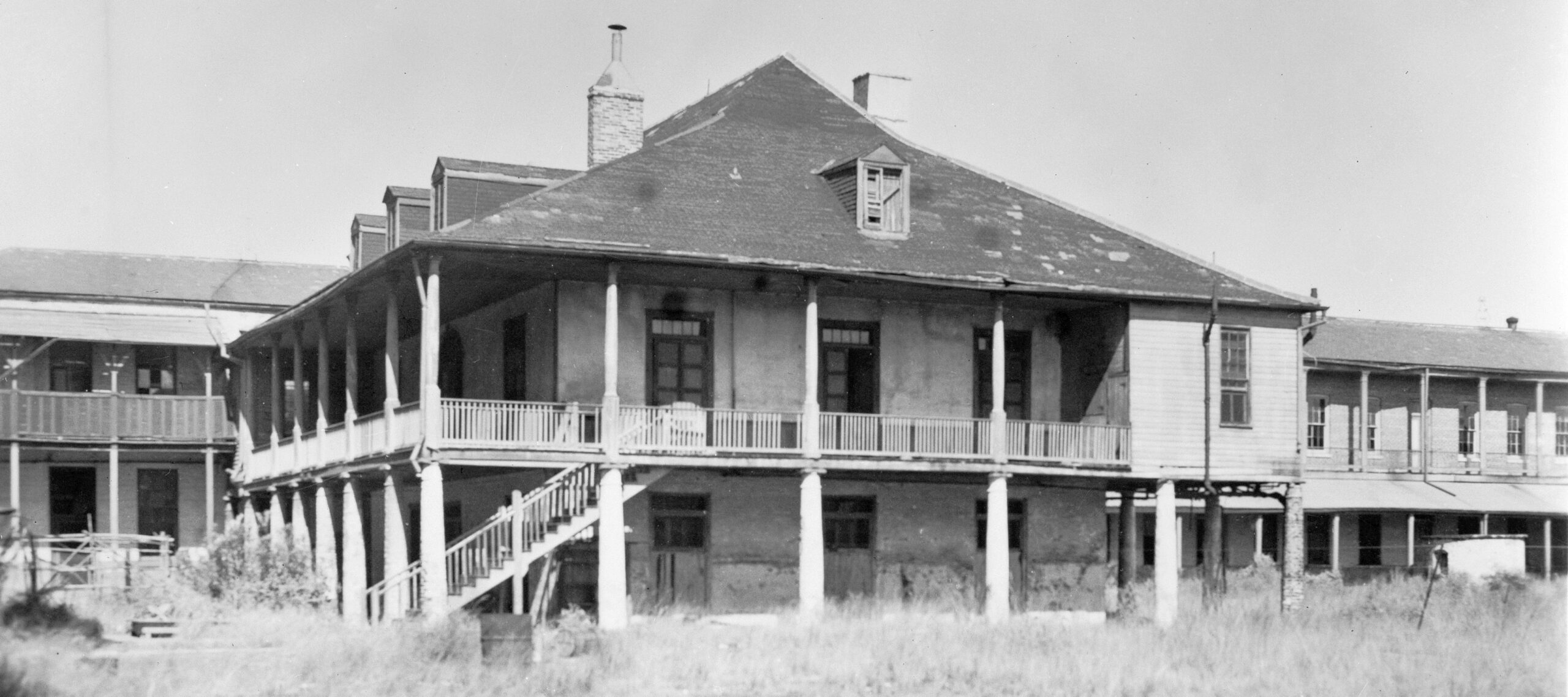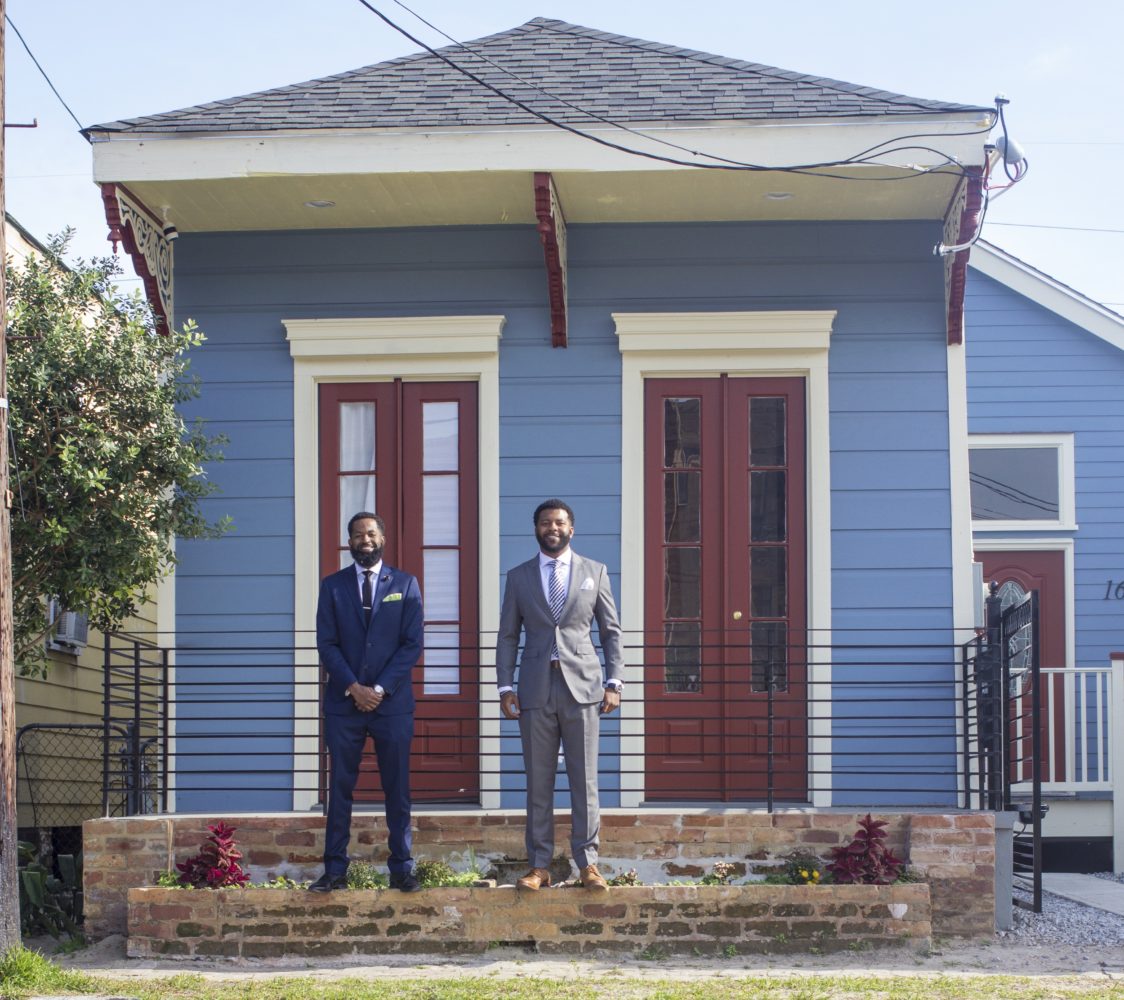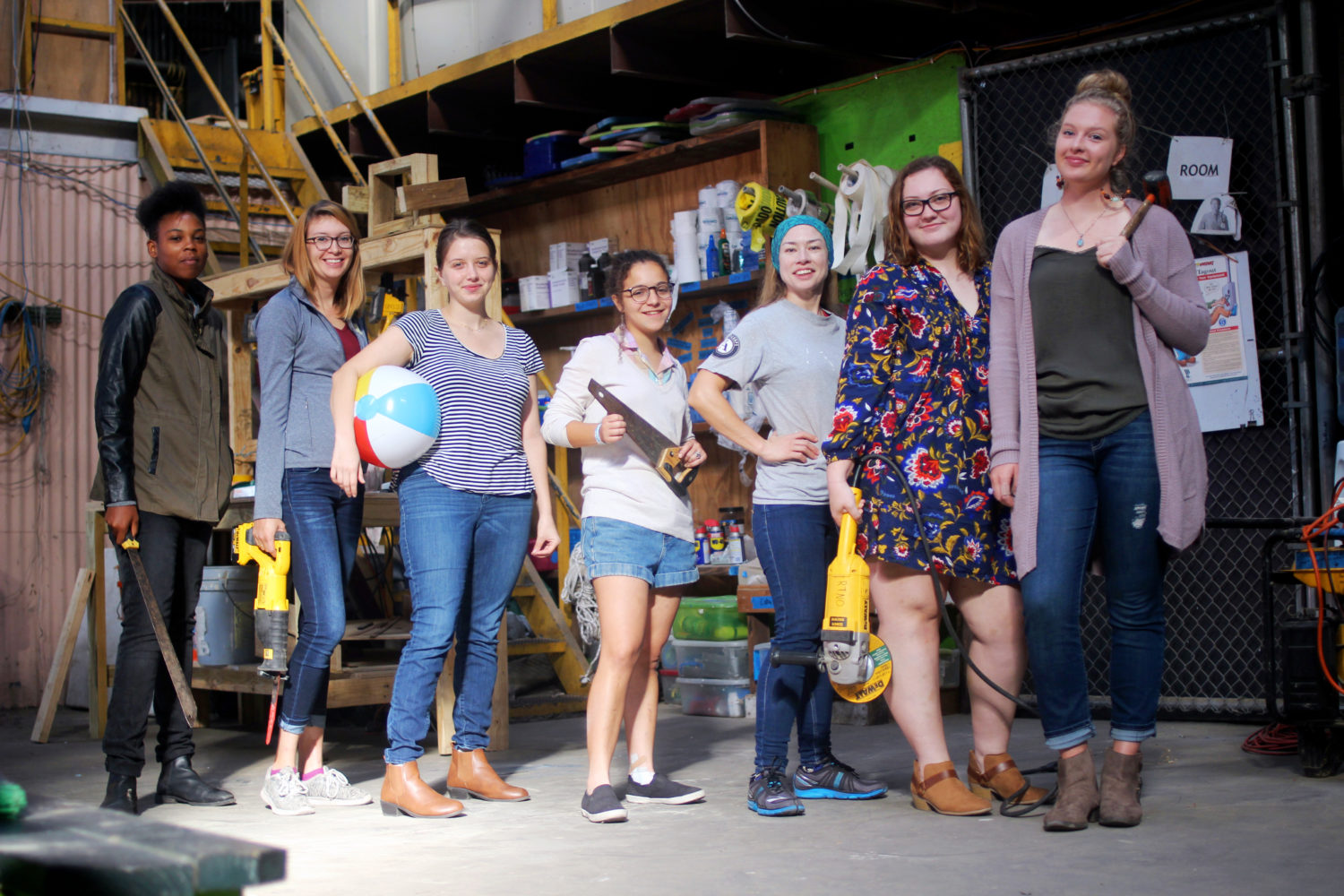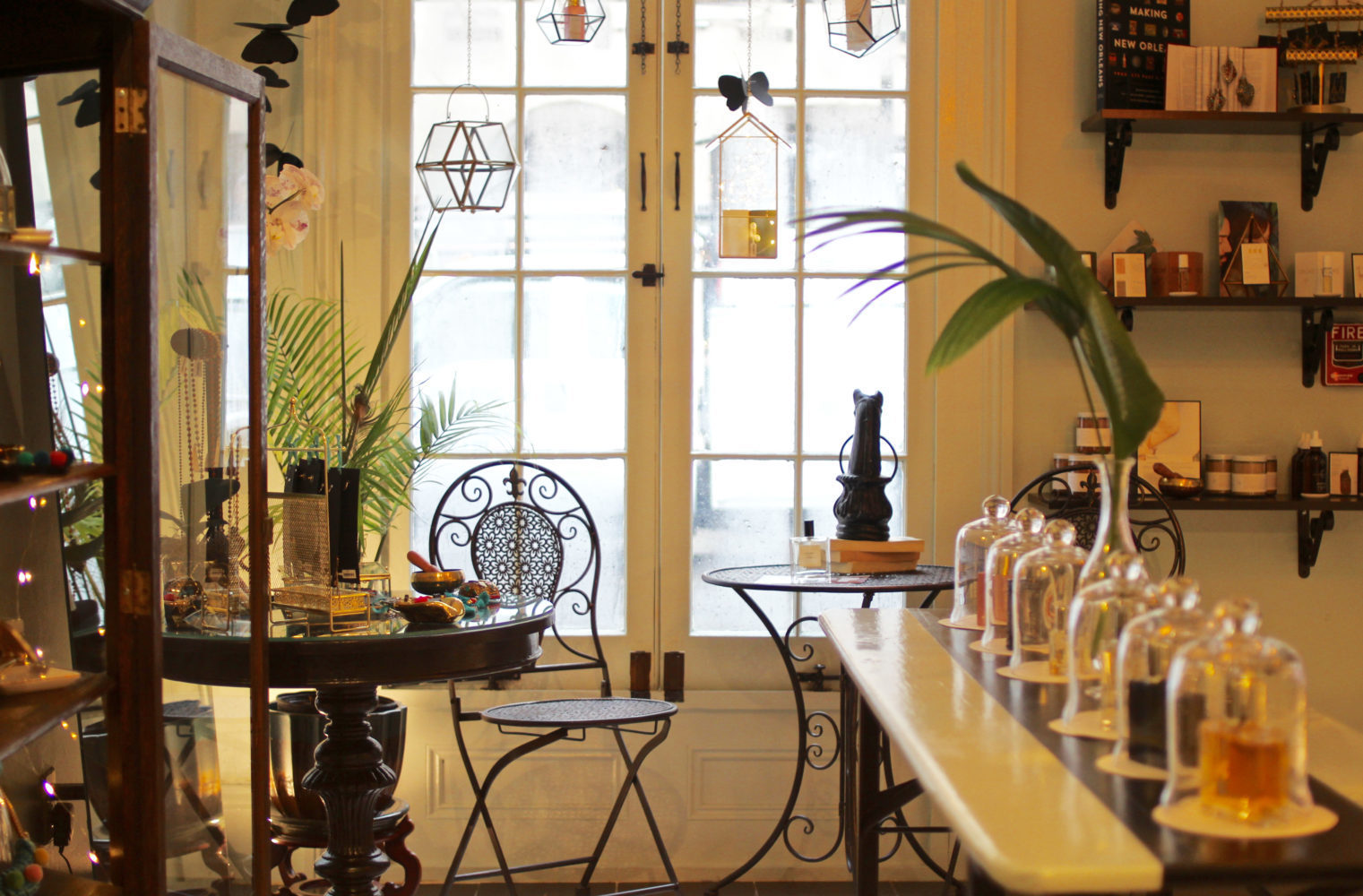The preservation movement gathered momentum in New Orleans over the course of the 20th century, but the trend was not a steady one. Rather, it had a series of inflection points, each a reaction to particularly grievous losses. Among them were the 1903 razing of an entire block in the heart of the French Quarter (400 Royal/Chartres) for the Louisiana State Supreme Court (1910); the 1916 demolition of the famed old St. Louis Hotel across the street; and the accidental burning of the beloved Old French Opera House on Bourbon Street in 1919. From these setbacks arose such organizations as the Vieux Carré Restoration Society (1920), which would eventually win legal protection for the French Quarter in 1937.
Two generations later came another major impetus, the circa-1960s Riverfront Expressway battle and a spate of downtown demolitions amid an era of inner-city divestment. The crises helped launch the Preservation Resource Center (1974), publisher of this magazine.
Here we focus on an intermediary inflection point, in 1949, and the controversy behind it: the fate of the majestic Olivier Plantation House.
The Olivier House was built sometime in the 1820s for the Frenchman Antoine David Olivier and his American family at what is now 4111 Chartres Street. Today we call this neighborhood Bywater or the upper Ninth Ward; two hundred years ago, it was known as the lower banlieue, meaning the outskirts downriver from the city proper. It constituted a bucolic landscape of villas with gardens, orchards, horse farms, dairies, and intensive agriculture, as well as brickyards and lumber mills interspersed with commodity plantations, usually enslaved. Along the riverfront, spaced every two to four arpents (192 feet), were what scholar S. Frederick Starr has described as “a formidable collection of high-end Creole, French American, and American rural architecture.” Most of them were current or former plantation homes, each fronting an array of dependencies, sheds, and slave cabins, behind which were sugar cane fields extending back to the swamp.
The parcel belonging to Antoine David Olivier measured two arpents wide, between today’s Bartholomew and France streets, and ran 40 arpents deep, roughly to today’s Florida Avenue. The plantation home Olivier had erected here was the epitome of the West Indies-influenced French Creole design found throughout the New Orleans region since early colonial times. Set back from today’s Chartres Street by over a hundred feet, the edifice had an airy wrap-around gallery supported by cypress spindle colonnades and brick Doric columns, incorporating an outdoor staircase. Solid brick-between-post walls, with seven frontage bays and five on the side, rested on a raised basement. Above was a dramatic double-pitched pavilion-like hipped roof, with dormers and center chimneys, and adjacent were pigeonniers, a kitchen and a stable. A fine example of French Creole architecture, the Olivier House nevertheless had a center hallway, a privacy feature more typical of Anglo-American domestic design. As such, the Olivier House reflected New Orleans’ impending Americanization.
Antoine David Olivier died in 1844, having lived just long enough to see much of the old working farms of the lower banlieue transform to urban street grids. One by one, city residences were built along the dusty arteries, and riverfront parcels came to host port-related industries as well as religious and social service institutions. Among them were Catholic convents, schools and orphanages. “Their existence,” Starr wrote in his book Une Belle Maison: The Lombard Plantation House in New Orleans’s Bywater, “can be explained by the fact that nearly all the plantations [in the lower banlieue] were owned by French Catholics. When several decided to abandon agriculture, they were only too glad to deed or sell their properties to the church.”
Olivier’s house became part of the Catholic Orphans Association’s St. Mary’s Orphan Asylum, established by the Congregation of the Holy Cross in Le Mans, France. Work began on St. Mary’s in 1835, and would eventually entail a series of buildings around the perimeter of the entire block, surrounding the Olivier House and ensconcing it from most street views. The institution boomed for tragic reasons: periodic yellow fever epidemics left behind thousands of orphans, particularly among Irish and German immigrants. To accommodate the youngsters, St. Mary’s expanded with an annex designed by architect Henry Howard for 300 boys plus staff. A lovely brick chapel in an English Gothic style, named St. Aloysius, was added to the campus in 1891, by which time St. Mary’s ranked as the region’s premier boys orphanage and vocational school.
The beginning of the end of both St. Mary’s and the Olivier House came, in the words of Starr, with “the decision by the populist-socialist governor Huey P. Long to place most social services under the state of Louisiana.” The policy led to the folding of many religiously affiliated orphanages; St. Mary’s closed its doors and would later reincarnate as Hope Haven in Marrero. That left the aging Olivier House empty and mismatched with Ninth Ward real estate demand, and it soon fell into that precarious phase when the market deems historical buildings to be worth less than the land they occupy.By the turn of the 20th century, the surrounding neighborhood had fully developed into a working-class cityscape of cottages and shotgun houses. No one called it the lower banlieue anymore; now it was known as the Ninth Ward or Third District. Yet a number of vestiges of plantation times remained, and chief among them was the Olivier House, by this time used as a nursery for the youngest orphans.
After World War II, as the city stridently modernized, economic pressure forced decisions to be made on many historic properties, either for more lucrative land uses or simply to get a perceived liability off the tax rolls. That pressure arrived to 4111 Chartres Street in early 1949, when leaseholders envisaged a new beer warehouse for the site and hired a demolition contractor to clear the land.
One morning in March, a bulldozer operator arrived and set to work by tying a cable to a load-bearing column of the Olivier House. As he started the engine, according to an April 3, 1949 article in the Times-Picayune, an “interested historian happened to pass the Olivier manor just as the line tightened on the century-old pillars. Almost like the square-jawed hero of a movie melodrama, he flung himself on the contractor and begged a reprieve for the house.” The contractor acquiesced, and with surprising generosity, the leaseholders granted the unnamed historian a few weeks to develop a viable alternative.
The “hero” huddled with fellow preservationists, among them renowned civic advocate Martha G. Robinson, sculptor Angela Gregory, historian Charles “Pie” Dufour, and members of the Society of Architectural Historians, who had recently formed a local chapter with the support of architect Samuel Wilson, Jr. and Dean Buford Pickens of the Tulane School of Architecture. Their task was a daunting one: with no ordinances or historic-district regulations on their side and little public support—indeed, many citizens viewed such efforts as anti-progress—the preservationists could only hope to convince third parties of the historic house’s value, or buy and move it themselves.
At first they attempted to persuade a transport company to renovate the complex into an inn for cruise travelers. But that was a tall order, and nothing came of it. Next they tried to purchase it, and succeeded in reserving space in a remote corner of Audubon Park for the house’s relocation. But dismantling and moving the edifice would cost $65,000, the equivalent of $700,000 today, and they only had days to raise the funds — from the group’s own pockets.
When the fundraising campaign fell short with a total of $2,000, the group in April 1949 had to resign itself to a salvage operation. The Tulane architects entered the stately landmark for the last time, to tag transoms, doorways, and mantles for removal, while the noted architectural photographer Richard Koch (likely the unnamed “hero” mentioned in the newspaper article) took the final pictures. One can only imagine their melancholy as the contractors escorted them off the property and cabled up the tractors. This time, the pillars came crashing to the ground.
The preservationists lost the battle but not the war, as an influential new organization would arise from the ruins. Its founders initially had organized themselves with the specific aim of saving the Olivier House, calling themselves the Society for the Preservation of Louisiana Antiquities. Members elected officers and adopted bylaws under the name Louisiana Landmarks Foundation on the same evening (April 18, 1949) when defeat was declared on the Olivier House. One year later, after another bruising defeat in trying to save the John Gould House on St. Charles Avenue, the group formally re-organized as the Louisiana Landmarks Society, the first such group in the state. The society would soon become the premier voice for preservation during the lonely mid-century decades, after the 1937 protection of the Vieux Carré but long before the National Historic Preservation Act of 1966 and the 1970s advent of National Register and local historic districts. Among the Louisiana Landmark Society’s victories in its first 20 years were the saving of the Pitot House, Gallier Hall, the Carrollton Courthouse, Esplanade Avenue’s live oaks, and the defeat of the Riverfront Expressway.
Today the site of the Olivier House is an empty field, suggesting that the historians had been right all along back in 1949: the land was not worth more than the structures. Yet remarkably, just two blocks away, on Chartres and Bartholomew, a contemporary of the Olivier House still stands. The Lombard House, built in the same era (1826) and style as its neighbor, though at a smaller scale, has been meticulously restored by the same Frederick Starr cited above. Starr and his neighbors succeeded in erecting a historic plaque at 4111 Chartres to commemorate the Olivier House, and have even contemplated launching an effort to rebuild the graceful landmark.
Richard Campanella, a geographer with the Tulane School of Architecture is the author of “Bourbon Street: A History,” “Bienville’s Dilemma,” “Geographies of New Orleans” and other books. He may be reached through richcampanella.com, rcampane@tulane.edu, or @nolacampanella on Twitter.











